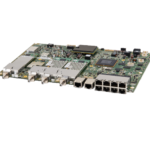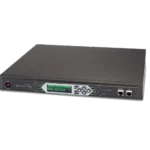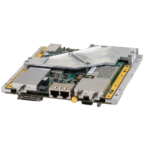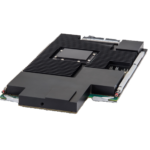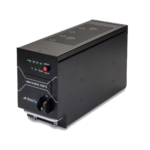Enalbing efficient and reliable transmission from small antennas.
Spread Spectrum and VL-SNR

-
Providing high-speed connectivity through small mobile antennas can prove to be a challenge. The form factor of the antenna plays a major role in the integration, aero dynamics and fuel costs. The use of smaller antennas, such as flat panel becomes more prevalent, but it also comes with the risk of creating adjacent satellite interference when transmitting from the moving remote to the satellite. One solution comes in the form of spread spectrum, which diffuses high rate signals by “spreading out” the transmissions over greater bandwidth so less power density is required. This minimizes the interference to adjacent satellites without limiting connectivity to the target satellite.
Direct Sequence Spread Spectrum and VL-SNR ensures even more space segment is conserved, thus lowering overall bandwidth. This helps with configuring the spread to meet the precise needs of the planned satellite links. Spread Spectrum is employed on our Evolution, Velocity, and Dialog networks to minimize adjacent satellite interference (ASI). Very Low Signal-to-Noise (VL-SNR) MODCODs lend an additional level of efficiency compared to legacy spread spectrum implementation.
The MxDMA waveform also incorporates Very Low Signal-to-Noise (VL-SNR) spreading MODCODs. These VL-SNR MODCODs facilitate the use of small and phased array antennas, counter deep fading effects and secure communications when the carriers are hidden in the noise.
-
- Reduces the spectral density of the transmission to avoid interfering with adjacent satellites
- Facilitates the use of small antennas for comms-on-the-move (COTM) applications
- May allow carriers to be hidden under the noise to conceal traffic activity during stealth operations for secure communications
